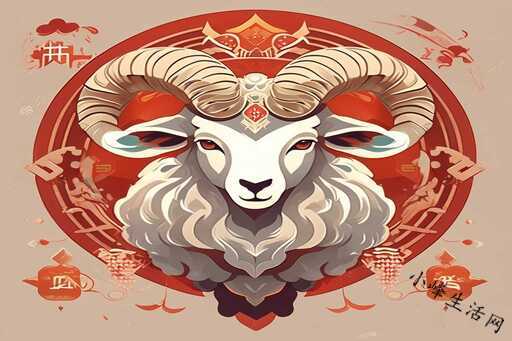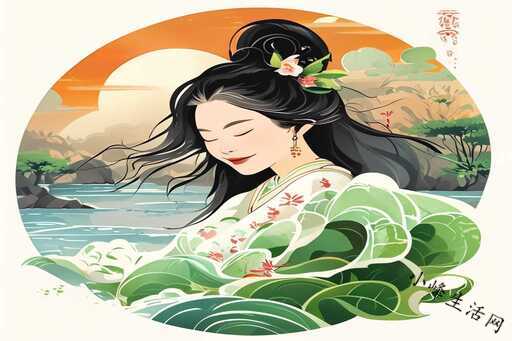世上最重的水果:菠萝蜜的营养价值
世上最重的水果:菠萝蜜的营养价值 菠萝蜜是一种热带水果,也是世界上最大的水果之一。它的重量可以达到30公斤,而且它的外观非常独特...
扫一扫用手机浏览
The Origin of Spring Festival Couplets
Spring Festival couplets, also known as "Chunlian" in Chinese, are a traditional custom of the Chinese New Year. The history of Spring Festival couplets can be traced back to ancient China, and it has been an important part of the Chinese New Year celebration for thousands of years.

Historical Origins
The tradition of pasting Spring Festival couplets originated from the ancient custom of "peach wood charms." In ancient times, people believed that peach wood had the power to ward off evil spirits and bring good luck. They would inscribe auspicious words on peach wood and hang them on their doors to pray for blessings and protection. Over time, this practice evolved into the tradition of pasting Spring Festival couplets during the Chinese New Year.
Symbolism and Meaning
Spring Festival couplets are typically composed of two poetic lines, written in black ink on red paper. The color red symbolizes good fortune and joy in Chinese culture, while the poetic lines convey auspicious wishes for the coming year. The content of the couplets often includes themes of prosperity, health, happiness, and good luck. By pasting Spring Festival couplets on their doors, people hope to bring blessings and positive energy into their homes.
Customs and Practices

During the Spring Festival, families in China will clean their homes thoroughly and decorate them with various auspicious symbols, including Spring Festival couplets. The couplets are usually pasted on both sides of the door frame, with the belief that they will bring good luck and keep evil spirits away. In addition to the couplets, Chinese New Year decorations such as red lanterns, paper-cuttings, and Chinese knots are also used to create a festive atmosphere.
Evolution and Modern Significance
While the tradition of pasting Spring Festival couplets has deep historical roots, it continues to evolve with the times. In modern China, people not only use traditional couplets with classical poetic lines, but also create their own couplets with contemporary themes. Some couplets even incorporate popular phrases from the internet or references to current events, reflecting the changing cultural landscape.
Conclusion
Spring Festival couplets are not only a form of traditional art, but also a reflection of the cultural values and aspirations of the Chinese people. The custom of pasting couplets during the Chinese New Year serves as a powerful link between the past and the present, connecting generations and conveying the timeless wishes for happiness, prosperity, and good fortune.